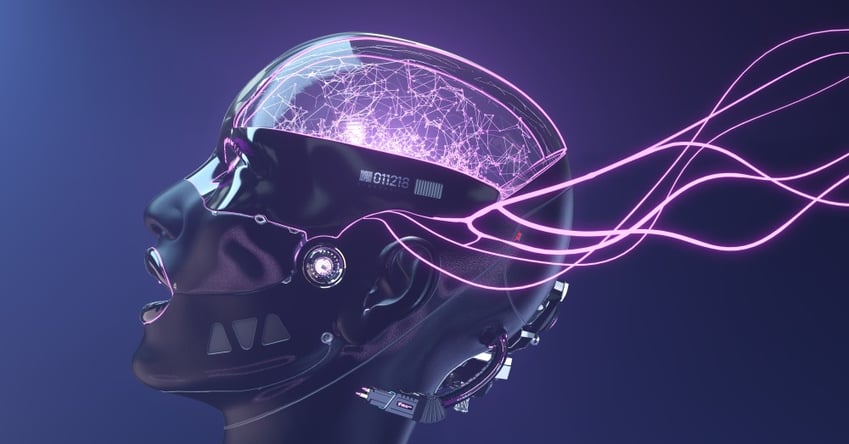
Working in designing a robotic application? You probably need to know what to look for in hardware to make sure it is compatible with ROS operating system.
Are you a fan of Marvel and the new Loki series? Do not continue reading if you have not seen it and do not want to read spoilers.
Watching End Game and Infinity War was heartbreaking as many beloved characters had to sacrifice their lives to acquire the Infinity Stones to save Earth from Thanos. Now, while watching Loki, you find that, in TVA, infinity stones are easy to come by and they are completely worthless, which means that Vision, Black Widow, and, especially Iron Man, died for nothing.
This is exactly what happens with robotics and operating systems. Commercial operating systems cannot tackle the needs of robotic applications. In other words, Iron Man could not beat Thanos without the Infinity Stones: no matter how well built the armor was. Consequently, you need to use a powerful, flexible, and reliable operating system specifically designed for robotics.
What is ROS?
ROS (Robot Operating System) started as a set of software libraries and tools to help developers design and create robotic applications, mostly humanoids. For that reason, this is an open-source project. Even though it started out for educational and academic purposes, nowadays it is a powerful operating system used by strong companies in their robots.
This operating system is so successful in this type of applications that the community is working on a second version. The idea is to add features that will facilitate programming, managing, and working with the system. Why is this system so successful? It includes state-of-the-art algorithms, powerful libraries, complete customization, compatibility with several programming languages (python, C++), parallel programming, remote processing, and API management.
How do I know if a specific hardware component is compatible with ROS? In this article, we clarify how to make sure your robotic application runs ROS in a specific hardware.
Application requirements
ROS is fully customizable to the specific needs of any robotics application. It is up to the designer and developer to determine the requirements for the robot. This means that you need to identify the robot’s mission, the environment it will work in, and regular operation usage. The subsequent information will determine certification levels of components, required durability, algorithms and software libraries, I/Os and network connection capabilities (You can read more on this blog). In other words, developers need to determine which infinity stones they need for their robotic application to work now and in the future.
Final expectations
Once application requirements are identified, developers need to start researching chipsets, processors, RAM memory, etc. That research should begin by determining the expected results. Resolution, latency, updates should be considered as these affect the user experience and results. For example, if the mobile robot needs to be able to map new places, the developer needs to determine whether the information needs to be accurate or acquired fast, or both. The higher the processing speed and the higher the resolution the more powerful processor and memory the robot needs. Moreover, the higher the resolution and speed the larger the libraries your robot will require. As a result, your hardware will need to be more robust in terms of memory and processing capabilities. So, before you assemble a whole team of Avengers to perform a wild hunt for infinity stones across the galaxy, research the expected results. This saves you money and guarantees that hardware will run the specialized operating system.
Hardware partner
Since robotic application requirements vary greatly depending on factors specified in our recent blogs, ROS cannot provide a list of compatible hardware components. The only way to guarantee that your hardware will run ROS is by working with an experienced Hardware OEM. Hardware manufacturers will provide guidance regarding industrial certifications of components. They will also help you match application requirements to specific hardware and test your solution to make sure it runs a specialized robotics operating system, like ROS. Stark Industries might not be able to help you build your own Iron Man android, but a Hardware OEM focused on customized solutions with strong experience in industrial applications can help you achieve success in your mobile robotics application.
In conclusion, you must clearly understand the end game of your robotic application and work with a proven Hardware OEM to guarantee that hardware will be able to run a specialized robotic operating system.
Autonomous Mobile Robots (AMRs) or Automatic Guided Vehicle (AGVs) are transforming logistics, medical, industrial, and entertaining applications. If you want to know more about this topic, read our Robotics Blog Series.